 |
 |
 |
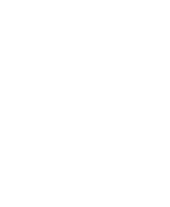
|
Jana Sterbak, Hard Entry, verre soufflé, 2003
Auteur technique : Matteo Gonet
Image © Olivier Laffely – atelier de numérisation de la Ville de Lausanne
|
|
 |
LIVING GLASS
RECENT ACQUISITIONS BY THE GLASS ART COLLECTION
11 December 2013 – 1/2/2015
Mudac’s latest contemporary glass art exhibition, Living Glass, presents a broad selection of works and installations by today’s glass creators of many nationalities—Swiss, European, American and Asian. Bearing witness to the very idea of glass art, pieces ranging from sculpture to edition design all translate the museum conservation team’s open and ongoing approach, as assisted and supported by the Collection’s patron.
|

|
Posted 23 February 2014
|
Share this:
|
|
The ensuing major canvassing program has brought to light the incredible diversity and dynamism of the contemporary scene with respect to such a singular and demanding material. This new set of works represents a very far-spreading, overall view of contemporary glass art production in Switzerland and around the world. Today, joining those regions and countries that first launched the major groundbreaking trends reinstating glass internationally, there are countless initiatives by artists and designers who have forgone any formal education in the mastery of this material. Designers and artists are linking up with master glass artists to work together. As a result, on the one hand, today’s glass art features spectacularly intricate and beautifully mastered pieces with an undeniably aesthetic impact and, most importantly, encompassing the tradition and know-how of the famous major centers of the second half of the 20th century. These now exist side-by-side with more experimental pieces that can even be highly conceptual, and are often very singular in shape or statement. In their fascination with the very particular world of glass art production, the latest generation of artists and designers now test, experiment and question the practices such production entails, but always—and necessarily—in tandem with today’s master glass artists. The many pathways being travelled by creators stemming from at times very distant horizons attest to the liveliness of the contemporary glass art scene. Mudac is happy to put its acquisitions policy at the service of that scene’s plurality and dynamism.
Published jointly by La Bibliothèque des Arts and mudac, a trilingual publication, Le verre vivant [Living Glass] accompanies this exhibition. This richly illustrated volume featuring some fifty of mudac’s recent acquisitions, encompasses contributions by art dealers and promoters, and by designers, artists and curators from many European countries. It promises pleasurable reading for both the general public and confirmed specialists.
|
|
|
|
|
|
|
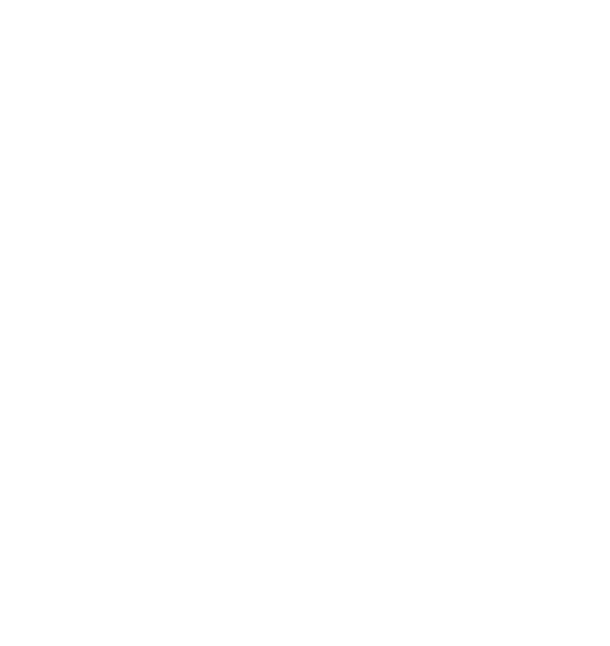
Joana Meroz Ozorio de Almeida et Andrea Bandoni, Archetypal Vase, verre soufflé, 2009
Image © Maïna Loat– atelier de numérisation de la Ville de Lausanne
|
|
|
|
|
|
|
CONTEMPORARY GLASS
Architecture began resorting to glass already in the late 19th century and even more so during the 20th. Moreover, since 1950, this material itself has evolved in unique fashion, as documented by the Mudac collection over the last forty years. Be it for monumental sculpture, art works or design pieces, glass has in fact become a choice material that is truly contemporary.
The properties of glass are as singular as they are fascinating—ever intimating the paradoxical and challenging our perception of mass, volume and space. Like no other medium, glass brings into play metaphor, and even the temporal dimension. Moreover, not only does it easily imitate other materials, but it also can be turned into whimsy, be transformed into kitsch, or else serve to inspire contemplation. Essentially a plain material, in its crystalline form glass becomes precious. Certainly it comes as no surprise that a material that is so proteiform, so highly expressive, is held in great esteem by such a diversity of creators.
Today’s artists, designers and the public at large are showing renewed interest in glass, reflecting their curiosity about the creative process, a certain form of tradition and the handcrafting of a material. The mudac conservation department has done its canvassing in different realms of creativity, discovering sculpture pieces directly tied to the studio glass movement (generally entailing impressively large one-off works), contemporary art works that often avail themselves of this medium to metaphorical ends and, finally, the design field’s explorations devoted to lighting fixtures, mirrors and vases. By definition, glass sits at the intersection of art, design and handicrafts. Therefore it is all the more suited to such transdisciplinary realms of creative endeavor as “design d’auteur” or art design.
The exhibition Living Glass invites viewers to discover glass’s wealth of expressivity for themselves, and to take stock of the technical qualities and variety of approaches belonging to the creators who have joined the Mudac collection over these last seven years. In December 2014, a second exhibition on the same theme will open, enabling visitors to see the fifty acquisitions made between 2006 and end 2012 in their entirety.
|
|

|

|

|
HISTORY OF THE MUDAC GLASS COLLECTION
It was in 1970 that the patrons Traudl and Peter Engelhorn, friends of René Berger (former director of the Fine Arts Museum of Lausanne) and Rosmarie Lippuner (director at the time of Lausanne’s Decorative Arts Museum) launched the mudac collection. The Engelhorns, who were of German and Austrian origin but had settled on the Riviera Vaudoise a few years before then, wished to set up a collection of one sort or another. Perhaps Impressionist paintings? Or antique bronze pieces? All that had already been done however, whereas they were looking for something unprecedented, something linking up with the artistic and technical developments of the day...
It was at this point that the Engelhorns were introduced to Peggy Guggenheim, who was living in the Venier dei Leoni Palace of Venice at the time. It so happens that, in the late 1950s, the master glass blower Egidio Costantini had submitted an ambitious project of his to Peggy Guggenheim, known as a great lover and active supporter of modern art.
|
|
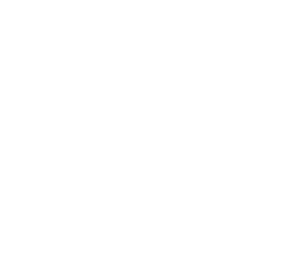
Philip Baldwin et Monica Guggisberg, Headed Round The Cape, verre soufflé, verre inciso, verre battuto, 2010
Image © Arnaud Conne – atelier de numérisation de la Ville de Lausanne
|
|
|
|
|
|
|
Constantini was convinced that glass was a vital 20th-century material that could lend itself perfectly to usages other than the utilitarian and decorative purposes it had served until then. He believed that glass possessed technical and expressive features suited to artistic creation, and sought to prove his point by inviting recognized artists to work—with his help—towards developing this potential. He wanted them to send him their sketches so that he and his assistants could lend shape to their ideas, producing unique objects more in the vein of small sculptures than vases or trinkets. Peggy Guggenheim not only accepted to see the glassmaker, but also agreed to propose his project to the artists she knew: these included
Pablo Picasso, Jean Cocteau, Jean Arp, Marc Chagall and Max Ernst.
In the period from 1959 to the mid-1960s, based on the sketches submitted by a number of artists, and thanks to the skills of Egidio Costantini and his workshop in Murano, a group of 36 pieces came into being. Named La Fucina degli angeli (Furnace of the Angels) by Jean Cocteau, who actively participated in the project, this group of works is considered to have given rise to a whole new discipline—namely, glass art.
These pieces, heralding the advent of glass art as an unprecedented artistic discipline on the borderline of the decorative arts, fascinated Peter and Traudl Engelhorn to the point of their acquiring the entire group.
Their enthusiasm led the couple to research the subject, whereupon they came to realize that this was no unique idea. Since the early 1960s, in both Europe and the United States, several initiatives had been coming into being in the glass art field, including a movement labeled studio glass.
The studio glass movement introduced a new approach to glass and to the usual ways of fashioning it; release was sought from the constraints of productivity and the industrial context to which glassmaking belonged at the time. All this required an individual workshop and the creation of a kiln on a small scale, allowing glass to be fired to its fusion point (between 600 and 1400 degrees Celsius), to be shaped and to be re-fired. In other words, for it to be cooled off in stages until attaining room temperature. In 1962, Dominick Labino achieved just such a kiln.
Meanwhile, in their continued enthusiasm, the Engelhorns alighted on these ideas for their collecting purposes.They were impressed by the dynamism of the creators involved in all these recent developments with respect to a new art seeking to make the most of such a paradoxical and fascinating material’s potential. All that remained to be found was a venue, which would have to be public, since they wished to share their new-found passion with others; it would also have to be suited to displaying the works and to promoting them on behalf of all the interested parties.
In his customary open-minded manner, René Berger lost no time in introducing the Engelhorns to Rosmarie Lippuner who, upon the death of its preceding director, had just taken over the direction of the Decorative Arts Museum. And this was the starting point of a marvelous collection whose 36 original objects have, over a 43-year period, grown into some 540 pieces
|
|
|
|
Matali Crasset
Designer
“In Transplant I dealt with the question of drawing, line, something that has always been far from form for me. Starting with a particular form, an archetypal transparent glass vase, I used line to suggest a “green” world, a series of imaginary flowers. These objects have no other function than to please the eye, pure form. Yet these objects are about unity. Glass permitted this reconciliation with drawing, perhaps because glass can break, because in just seconds something that was there can disappear. This mirage interested me as much as silver plating. Although I avoided introducing color in glass—for fear of seduction?—I did use a lot of silver plating. I love the indefiniteness of silver plating, its imperfection, in comparison to modern mirrors and the polish of stainless steel.”
“My recent adventures led me to suggest a work with four hands to Vincent Breed: Boutures et Souches [Grafts and Stumps]. The first project takes its inspiration from the technique of grafting, a way of enhancing growth in certain plants by giving birth to a new individual from an organ or part of an organ.
The exhibition is based on a process. We pick a tree, then segments of the branches. We cut them down and keep the elements selected to make a bundle. Vincent Breed then blows into this bundle to make a cast of the tree. He blows into the molten material to burn out the heart of the bundle, which becomes a matrix. By taking on the impression of each branch, the glass creates a wholly new form: the bubble of glass changes from a fluid form into waves, distortions that look like bubbling matter. A symbolic project that unites a tree, a breath and molten matter as in a ritual to recreate life in another manner.
Then we wanted to continue this adventure. Walking along a trail, we discovered several stumps of trees that had been uprooted by the great storm of 2004. We pulled them out of the ground and transported them all the way to the studio. The project involved taking the stump and using it as a mold according to several formal scenarios that we evoked. The only thing we knew was the kind of forms that we did not want to produce. We adopt this empirical approach as a postulate.”
|
|
|
|
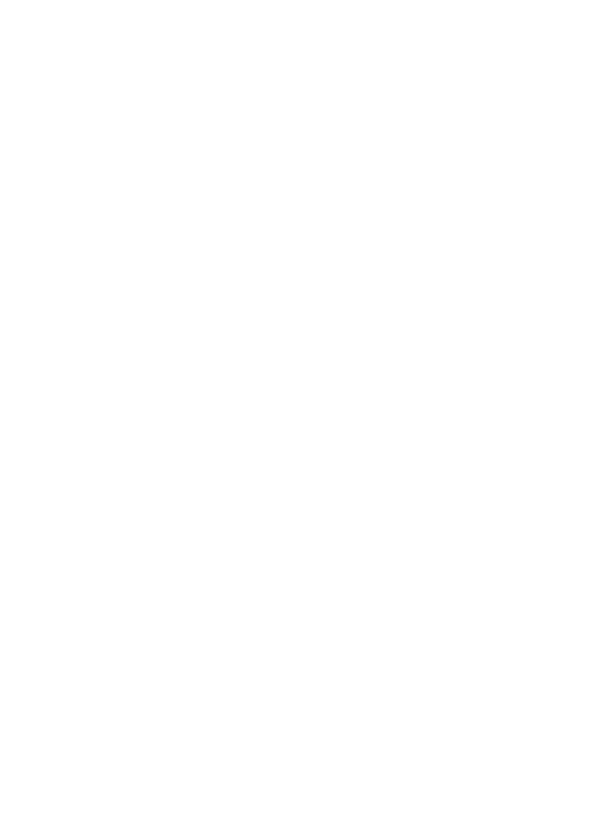
Matali Crasset, Bouteille à la croix, verre soufflé, 2007
Image © Marie Humair – atelier de numérisation de la Ville de Lausanne
|
|
|
|
|
|
|
SELECTED PIECES FROM THE COLLECTION
Jana Sterbak and the artist pair Joana Meroz and Andrea Bandoni have different backgrounds. The former is an artist whose existential concerns involve identity and the idea of constraints, while the latter are young designers at the beginning of their careers who met at the Design Academy in Eindhoven. However, Hard Entry and The Archetypal Vase (from the series titled The Object without a Story) initially have two features in common: a nested construction, as in the famous Russian dolls, and the use of the transparency of the glass. Although they are the result of radically different approaches, these two works have a strong presence and use the properties of the material in an emblematic way—which is why we decided to use them on the posters of the collection.
While transparency often suggests lightness, the stacking up of bowls that compose Hard Entry is surprisingly heavy: no less than 27 kg for an object not more than 25 cm tall. Inspired by the bowls of Zen monks, a weighty and difficult task for the glassblower Matteo Gonet, this deceptively light-seeming object imposes constraints in the same way that monastic discipline does. Each bowl was blown such that it fits precisely into the one below it, leaving hardly any play. The massive central element is very difficult to pull out. In this piece, Jana Sterbak manages not only to put the obvious properties of glass to best advantage but also to skilfully explore its paradoxical qualities.
The Archetypal Vase is part of a project called The Object without a Story. Why do we try to understand the reason of being of objects by means of the story that accompanies them? How does the narrative linked to design change our perception of objects? Andrea Bandoni and Joana Meroz investigated this relationship in their diploma project. Their goal was to underscore in a humorous way the hidden conventions of design and call their validity into question. The Archetypal Vase is the concretisation of four stories that were randomly written with a computer programme. The vase is always presented accompanied by a different story, each of which could be the “right” one that gives meaning to and interprets the object. This system relativizes the very function of the narrative by multiplying it and revealing its impersonality; hence the title of the series. The spectator, however, is free to choose which of the stories seems the most convincing. The absolute transparency of glass makes the nesting construction perfectly legible and permits the precise identification of the style of each vase. It also reflects the clarity to which this approach aspires.
|
|

|

|

|
Benoît Billotte and Maxime Bondu were invited in the summer of 2011 by the CIRVA— Centre international de recherche sur le verre et les arts plastiques—in Marseille, to conceive a project with glass using the resources available on site. With the help of the Glass Fabrik, a group of specialized craftsmen who work together with creators, they benefited from a residency in Marseille that brought them in contact with a material that was new to them. Of the six artists invited, their works in particular aroused our interest.
Inspired by the aesthetics of transparency according to the poet Paul Scheerbart and the work of the architect Bruno Taut—who built the Glass House exhibited at the 1914 Deutscher Werkbund exhibition in Cologne—Benoît Billotte created a dynamic structure that has affinities with a city map, a mountain chain or a quartz column, and that can be freely arranged. The regular geometry and sharp edges of the twenty modules of the Crystal House in the Mountains are counterbalanced by a rounded tip that is different for each module, in somewhat of an organic rendering.
Maxime Bondu’s project took its departure from the oldest filament bulb still working today. Made at the end of the nineteenth century and used as a night light in the firehouse in Livermore, California, it has been burning without interruption since 1901—over 110 years. A first example of planned obsolescence—that is, of the programmed decay of industrial wares for the sake of boosting demand—the light bulb was the object of a meeting of worldwide manufacturers in Geneva in 1924. At that meeting, it was decided to artificially limit the working life of light bulbs to 1,000 hours for purposes of profit. This meant that they had to be replaced, although bulbs had already been developed that could burn for 2,500 hours and patents had even been filed for bulbs with a life of 100,000 hours. In a mimetic procedure, Maxime Bondu sought to reproduce the Livermore light bulb with craft methods as faithfully as possible, in order to question the production processes of present-day consumer goods and culture. The installation of the work was copied after the original, so his bulb was placed in a hallway of the museum and is not supposed to be turned off, making it the night light of the mudac.
|
|
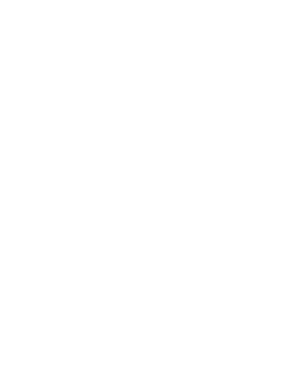
Jaime Hayon, Science Vase 2, verre soufflé, 2009
Image © Marie Humair – atelier de numérisation de la Ville de Lausanne
|
|
|
|
|
|
|
Telepathy (helmets) originated from a proposal made by the art historian Alexandra Midal at a workshop of the Haute Ecole d’Art et de Design (HEAD) in Geneva given by the designers El Ultimo Grito and Auger-Loizeau. Presented at the Milan branch of the Swiss Institute of Rome in 2012, the nine “telepathic” helmets created by Laura Couto Rosado, Alice Haldenwang, Yu Li and Tingting Zhang play with the laws of Newtonian physics in a setting inspired by science fiction. The project uses glass amplifiers that make it possible to communicate without talking, using only physical sensations. As Alexandra Midal explains: “The Casques télépathiques series anticipates the future developments of this procedure over the next hundred years and reverses the tendency that consists in considering technology (iphone, ipad, etc.) as the sole vector of communication, counterbalancing it with parapsychology and the subjective experience of psy[chological] phenomena”.
PRACTICAL INFORMATION
Curator Bettina Tschumi, curator of the contemporary glass art collection
Dates 11 December 2013 – 16 November 2014
Opening on Tuesday 10 December 2013 from 18.00
Catalogue Le verre vivant. Acquisitions récentes de la collection d’art verrier contemporain
Essays by Chantal Prod’Hom, Bettina Tschumi, Adriano Berengo, Matali Crasset,
Susanne Jøker Johnsen
Graphic design: Flavia Cocchi
Publishers: mudac, Lausanne and La Bibliothèque des Arts, Lausanne
132 pages. Trilingual French, English and German. Price: 35 CHF/29 €
Workshop Initiation in glass techniques, four days from 29 May to 1 June 2014.
Detailed information and bookings from spring 2014 at www.mudac.ch
Guided tours (in French) Thursday 19 December 2013 at 17.00 by Bettina Tschumi, curator
Saturday 28 December 2013 at 15.00, by Justine Ciana, art historian
Thursday 30 January 2014 at 17.00 by Bettina Tschumi, curator
Opening hours September-October: Tu-Su 11.00-18.00
July-August: Mo-Su 11.00-18.00
Open on official holidays, including Mondays.
Contact details Place de la Cathédrale 6
CH-1005 Lausanne
t +41 315 25 30
f +41 315 25 39
info@mudac.ch
www.mudac.ch
|
|
|
|
|
|
|


